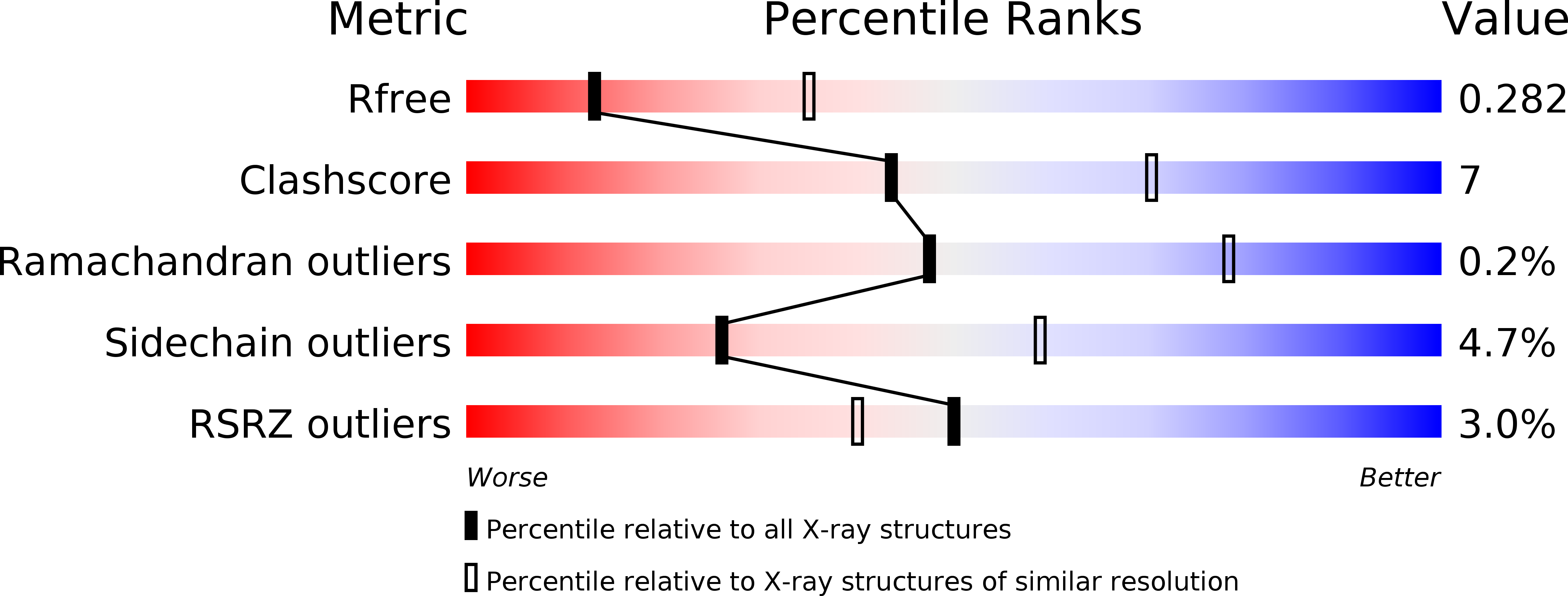
Deposition Date
2017-08-18
Release Date
2018-04-18
Last Version Date
2024-01-17
Entry Detail
PDB ID:
5OT1
Keywords:
Title:
The type III pullulan hydrolase from Thermococcus kodakarensis
Biological Source:
Source Organism:
Thermococcus kodakarensis (Taxon ID: 311400)
Host Organism:
Method Details:
Experimental Method:
Resolution:
2.80 Å
R-Value Free:
0.27
R-Value Work:
0.24
R-Value Observed:
0.24
Space Group:
C 1 2 1


